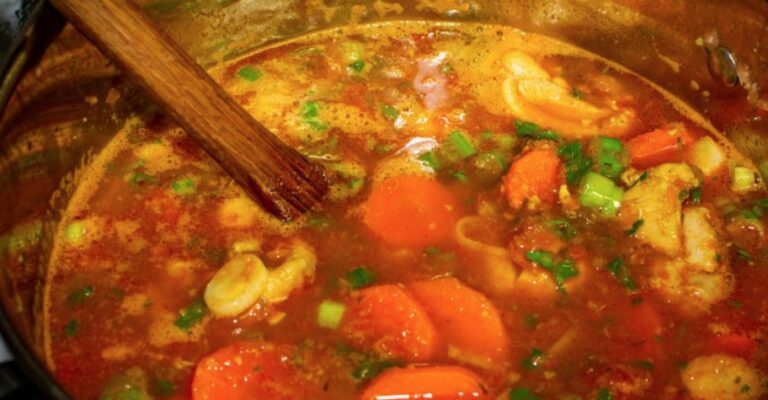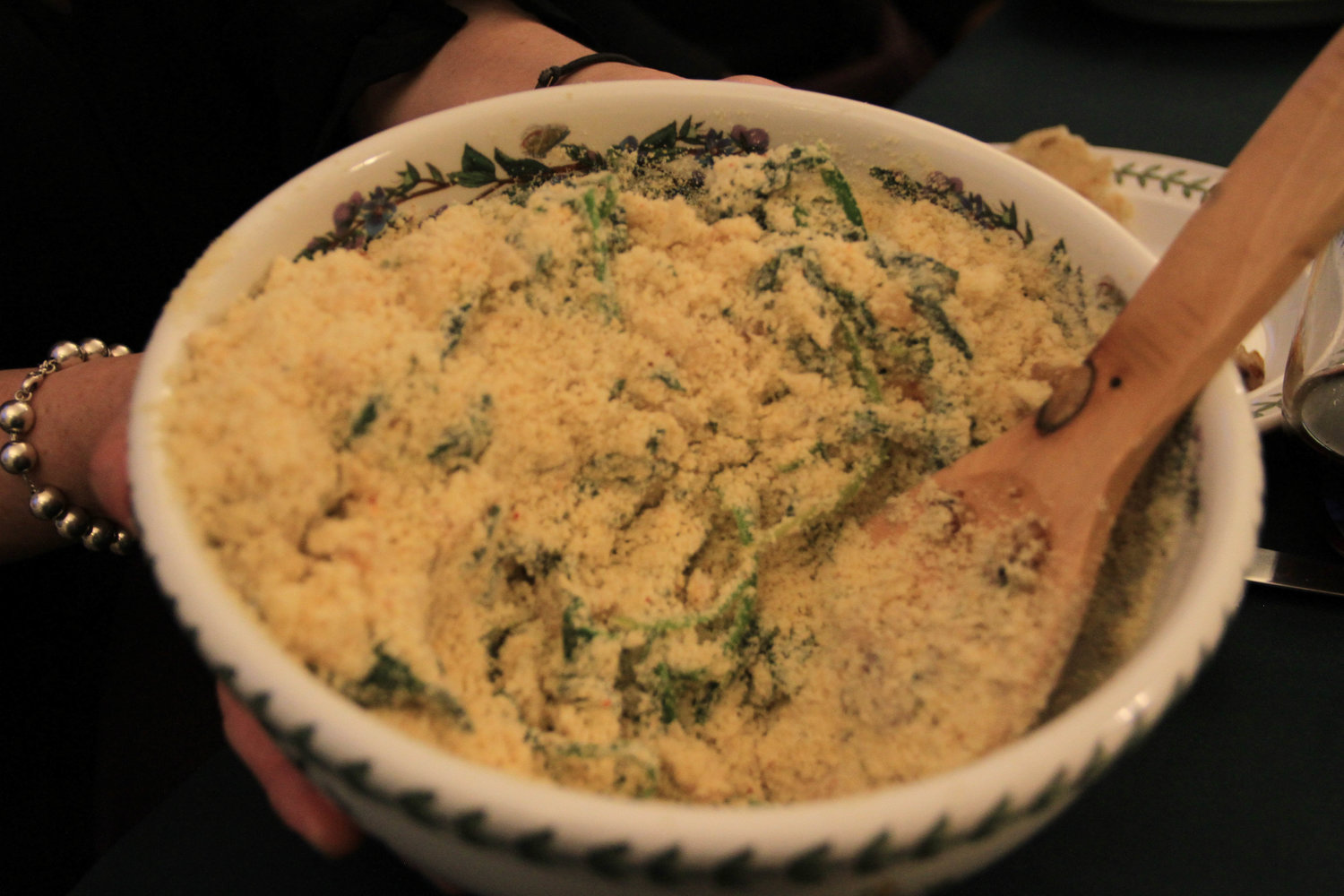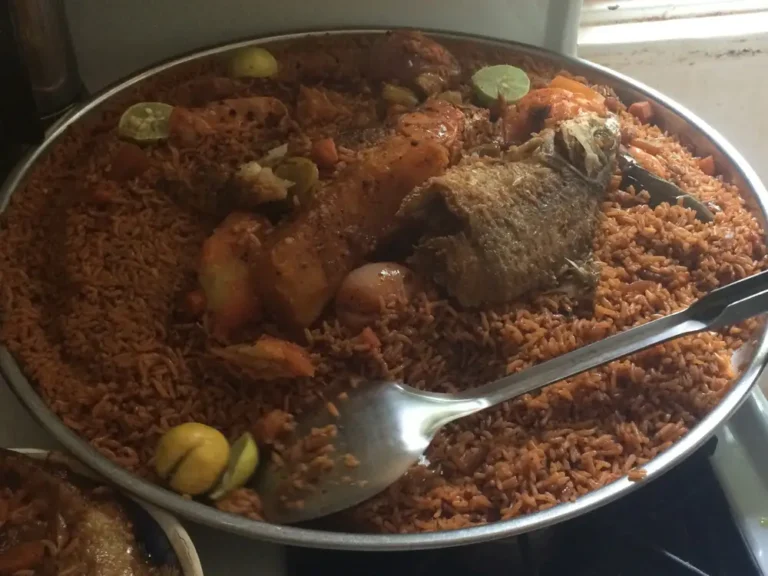Introduction: Nigerien Soups and Stews
Nigerian cuisine is known for its bold flavors and rich textures, especially when it comes to soups and stews. These dishes are typically made with a variety of ingredients that vary depending on the region and the cook’s personal preferences. However, there are several common ingredients that are used in many Nigerien soups and stews, which give them their distinctive taste and aroma.
Base Ingredients: Tomatoes, Onions, and Peppers
The base of many Nigerien soups and stews is a combination of tomatoes, onions, and peppers, which are typically chopped and sautéed in oil until they are soft and fragrant. Tomatoes provide a sweet and tangy flavor, while onions add a savory depth and peppers add a spicy kick. These ingredients are essential for creating the rich, aromatic base that forms the foundation of many Nigerien soups and stews.
Proteins: Beef, Chicken, Goat, and Fish
Nigerien soups and stews are often made with a variety of proteins, including beef, chicken, goat, and fish. These proteins are typically added to the soup or stew after the base has been sautéed, and are cooked until they are tender and flavorful. Beef and goat provide a rich, hearty flavor, while chicken adds a mild, delicate taste. Fish is often used in coastal regions, and can vary from delicate white fish to more robust varieties like mackerel or catfish.
Vegetables: Okra, Eggplant, and Collard Greens
Vegetables are also an essential component of many Nigerien soups and stews. Okra is a popular vegetable that is often added to soups to thicken and add a slightly slimy texture. Eggplant is another common vegetable that is often used in stews to add a sweet, buttery flavor. Collard greens are also frequently used, adding a slightly bitter taste that balances out the other flavors in the soup.
Flavor Enhancers: Ginger, Garlic, and Bouillon Cubes
To enhance the flavors of Nigerien soups and stews, cooks often use a variety of spices and seasonings. Ginger and garlic are common flavor enhancers that are added to the base, providing a slightly sweet and spicy taste. Bouillon cubes are also often used to add a rich, savory flavor, especially in soups made with fish or chicken.
Popular Dishes: Miyan Kuka, Tchakalaka, and Jollof Rice
Some of the most popular Nigerien soups and stews include Miyan Kuka, a soup made with ground baobab leaves, and Tchakalaka, a spicy vegetable stew. Nigerians are also famous for their Jollof Rice, a flavorful rice dish that is often served with chicken or beef. These dishes represent the rich diversity of Nigerien cuisine, and showcase the bold flavors and textures that make this cuisine so unique.
Conclusion: Nigerian Cuisine is Vibrant and Flavorful
Nigerian cuisine is a vibrant and diverse cuisine that is known for its bold flavors and rich textures. Soups and stews are an essential part of this cuisine, and are made with a variety of base ingredients, proteins, vegetables, and flavor enhancers. Whether you’re enjoying Miyan Kuka, Tchakalaka, or Jollof Rice, you can be sure that each dish will be bursting with flavor, and will provide a truly unforgettable culinary experience.





